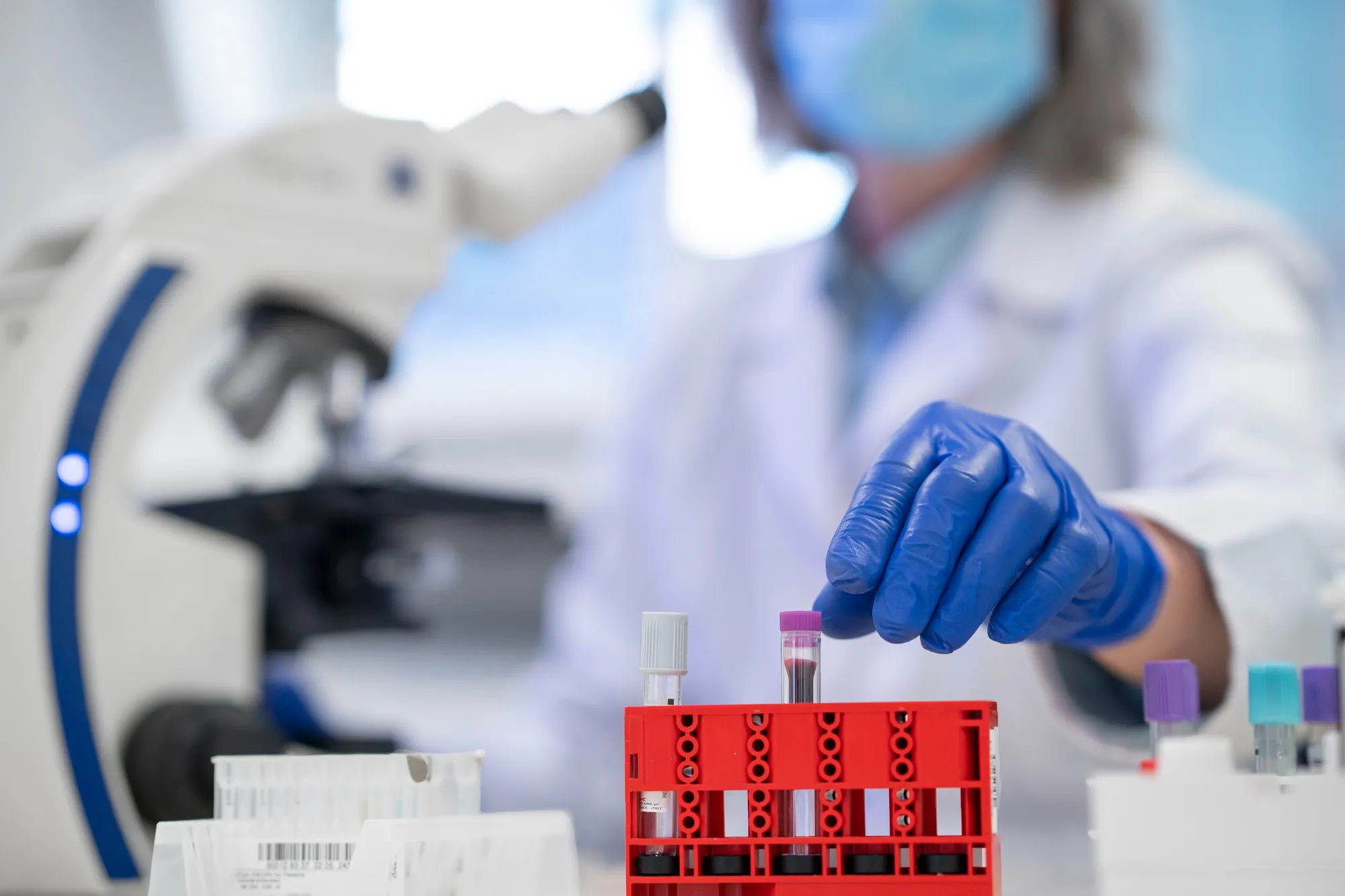In a recent edition of the Analytica Chimica Acta journal, a groundbreaking study has emerged, bringing new hope and efficiency to the ongoing battle against diabetes. A group of Chinese scientists, working at the Northwestern Polytechnical University, have developed a revolutionary microchip liquid chromatography (LC) system which promises to expedite the analysis of glycosylated hemoglobin (HbA1c), a key indicator of blood sugar levels in diabetes patients. This article delves into the details of the study published on February 1, 2024, illuminating the scientific community with a new ray of hope.
DOI: 10.1016/j.aca.2023.342186
A Leap Forward for Diabetes Testing
Understanding the significance of HbA1c in diabetes is paramount. Glycosylated hemoglobin is a form of hemoglobin that is chemically linked to a sugar. The higher the levels of glucose in the blood, the more glycosylated hemoglobin is formed. Thus, measuring HbA1c allows clinicians to get an overview of a patient’s average blood sugar control over the past two to three months, unlike a regular blood glucose test which provides a snapshot at a single point in time.
The traditional methods of measuring HbA1c levels, while accurate, are time-consuming and require bulky equipment, making them less conducive to point-of-care testing (POCT). This has been a hurdle in providing immediate and convenient monitoring for patients with diabetes. The study, conducted by Dezhao Jiao, Ruirong Zhang, Hantian Zhang, Haoquan Ma, Xiaorui Zhang, Xiaoguang Fan, and Honglong Chang, addresses this issue head-on by developing a compact, efficient, and highly reliable microchip LC system.
Innovation in Microfluidic Technology
The microchip at the heart of this new system integrates a micromixer, passive injector, a packed column, and a detection cell into a single, miniature device. The CNC-machined microstructures ensure that the chip’s size remains remarkably small – measuring just 30 mm x 70 mm x 10 mm – and yet it is capable of withstanding liquid pressures up to 1600 psi. This high-pressure resistance is particularly important for gradient elution methods, which involve changing the solvent composition during the separation process to improve the results.
One of the study’s authors, Honglong Chang, emphasizes the impact of the microchip’s compact design, noting that, “the integrated design is beneficial in reducing band broadening caused by dead volume.” This aspect is crucial for maintaining the precision and accuracy of chromatographic analyses.
Clinical Relevance and Usability
Implementing this microchip LC system means that HbA1c levels can be detected rapidly, making it highly relevant for POCT scenarios and reducing the time between testing and receiving results. Patients with diabetes could potentially receive immediate feedback on their blood sugar control during a routine visit to their healthcare provider, facilitating timely adjustments to their management plans.
Research Methodology and Results
The researchers meticulously assessed the reproducibility and reliability of their microchip LC system. Their study involved analyzing multiple blood samples and comparing the system’s performance against conventional methods. The results showed considerable promise: The microchip LC system delivered rapid and precise measurements of HbA1c levels, validating its potential as an effective tool for diabetes management.
Implications for the Future of Diabetes Care
The implications of this innovation cannot be overstated. Developing a rapid, precise, and portable system for HbA1c analysis represents a considerable stride forward in diabetes care and could reshape the way patients manage their condition. It could significantly reduce the strain on healthcare facilities, as the current bulky equipment necessary for such analyses often represents a logistical and financial burden.
Perspectives from the Team
Ruirong Zhang, one of the lead researchers of the study, notes the team’s excitement at the potential impact of their invention, saying, “Our microchip LC system could transform diabetes management by enabling real-time monitoring and immediate corrections, lowering the risk of complications related to poor blood sugar control.”
Challenges and Future Directions
While the study’s findings are promising, there remain challenges to be addressed before the microchip LC system can be widely implemented. Mass production, regulatory approvals, and ensuring compatibility with existing lab infrastructure are among the hurdles that the team must tackle.
The researchers also expressed that they are exploring improvements to the system’s durability and testing its applicability to other biomarkers and medical conditions..PREFERRED
Conclusion
The development of the microchip LC system represents a significant advancement in diabetes management, offering a new tool that is poised to enhance the precision, speed, and convenience of monitoring glycosylated hemoglobin levels.
As the study concludes and the world awaits the impact of this technology, we stand on the brink of a new era in diabetes care – an era defined by rapid analysis, immediate results, and a better quality of life for patients.
References
1. DOI: 10.1016/j.aca.2023.342186
2. Jiao, D., Zhang, R., Zhang, H., Ma, H., Zhang, X., Fan, X., & Chang, H. (2024). Rapid detection of glycosylated hemoglobin levels by a microchip liquid chromatography system in gradient elution mode. Analytica Chimica Acta, 1288, 342186.
3. Standards of Medical Care in Diabetes—2023 Abridged for Primary Care Providers. (2023). Clinical Diabetes, 41(1), pp. 10-38.
4. McDermott, M. T. (2007). Point-of-Care Testing: Needs, Opportunity, and Innovation. Clinical Chemistry, 56(9), 1410-1419.
5. Mulè, S., & Fallahi, P. (2019). Clinical Applications of Emerging Sensor Technologies in Diabetes Management: A Review. Analytical and Bioanalytical Chemistry, 411(17), 4343-4356.
Keywords
1. Microchip Liquid Chromatography
2. Glycosylated Hemoglobin Analysis
3. Diabetes Management Tools
4. Point-of-Care Hemoglobin Testing
5. Gradient Elution Microfluidics
The authors of this transformative study have declared no known competing financial interests or personal relationships which could have influenced the work reported in this paper, ensuring an unbiased contribution to the scientific and medical communities.
